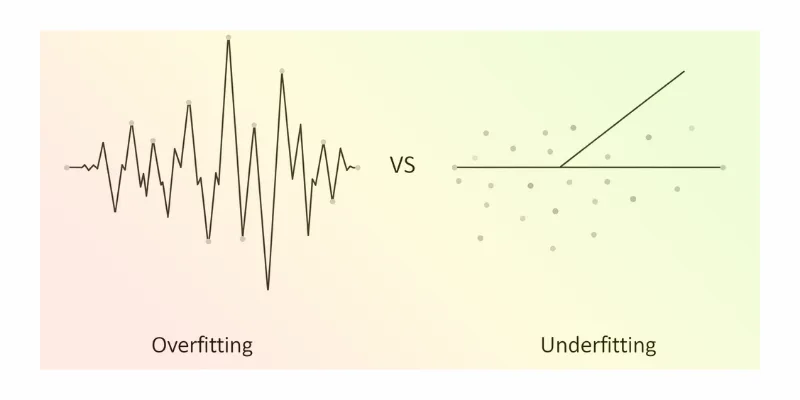In Data science and machine learning, two common pitfalls that affect model performance are overfitting and underfitting. These issues can make the difference between a model that performs well on unseen data and one that fails in real-world scenarios. Understanding these concepts is key to building reliable predictive models. Whether you are just starting or looking to advance your skills, enrolling in a Data Science Course in Delhi at FITA Academy can provide you with the practical knowledge and hands-on experience needed to master these important topics.
Let’s explore overfitting and underfitting using real-life analogies and break down how to recognize and avoid them in your data science projects.
What is Overfitting?
Overfitting happens when a machine learning model includes noise and random fluctuations in addition to the key patterns found in the training dataset. As a result, the model performs well on training data but poorly on new, unseen data.
Real-Life Analogy: The Student Who Memorized Everything
Imagine a student preparing for an exam. Instead of understanding the concepts, they memorize the exact questions and answers from past papers. On test day, if the questions are exactly the same, the student scores high. But if the exam includes different questions, the student struggles because they did not grasp the deeper meaning and simply memorized. This is similar to what happens in machine learning. Students enrolled in a Data Science Course in Jaipur learn how to avoid this mistake by focusing on true understanding rather than rote memorization.
In the same way, an overfit model memorizes the training data too closely. It lacks generalization, meaning it doesn’t perform well when exposed to different data from the real world.
What is Underfitting?
Underfitting happens when a model is overly basic and does not recognize the fundamental patterns within the data. As a result, it performs poorly on both training and test sets.
Real-Life Analogy: The Student Who Barely Studied
Think of another student who only glances at their notes before the exam. They try to guess the answers using vague logic but haven’t actually studied the material. Unsurprisingly, they perform poorly because they didn’t learn enough to answer the questions correctly. This highlights why enrolling in a Data Science Course in Kochi is important, as It offers an organized method of learning that enables students to grasp the concepts thoroughly instead of merely brushing over them.
An underfit model is like this student. It doesn’t learn enough from the training data and therefore cannot make accurate predictions, even on the data it was trained on.
Striking the Right Balance
In data science, the goal is to find the sweet spot between overfitting and underfitting. This balance is known as generalization, the skill of a model to excel with previously unseen data while effectively retaining the fundamental patterns from the training dataset.
Achieving this balance involves choosing the right algorithm, tuning model parameters, and validating the model using techniques like cross-validation. A model that generalizes well will not be too complex or too simple.
To build robust models, understanding overfitting and underfitting is essential for every aspiring data scientist. By using simple real-life analogies like students who either memorize too much or too little, it becomes easier to grasp the consequences of both extremes.
In practice, always monitor your model’s performance on both training and validation data. If you notice a large gap in accuracy between the two, you might be facing overfitting. If performance is consistently poor, underfitting may be the issue.
Finding that balance is what makes a good model great and it’s a skill that every data scientist should aim to master. For those looking to deepen their understanding, enrolling in a Data Science Course in Trivandrum provides the guidance and support needed to master these essential skills.
Also check: How to Use Data Science for Sentiment Analysis?
